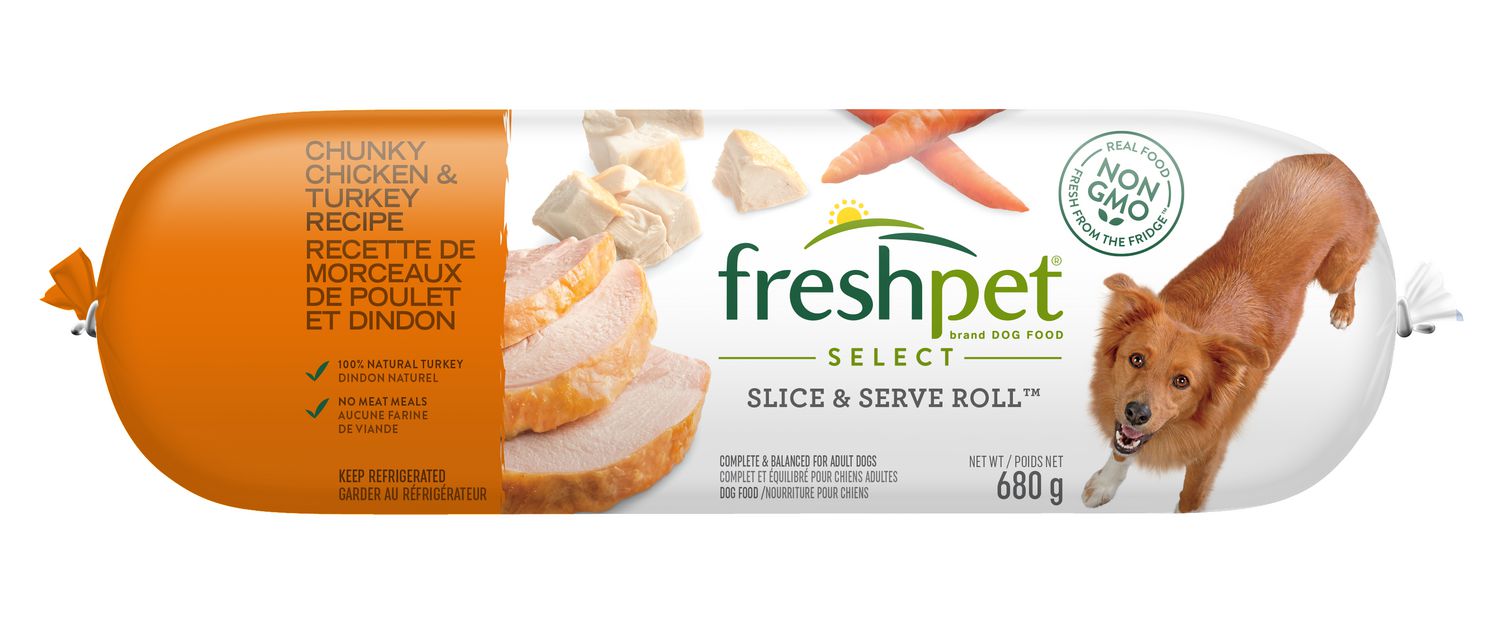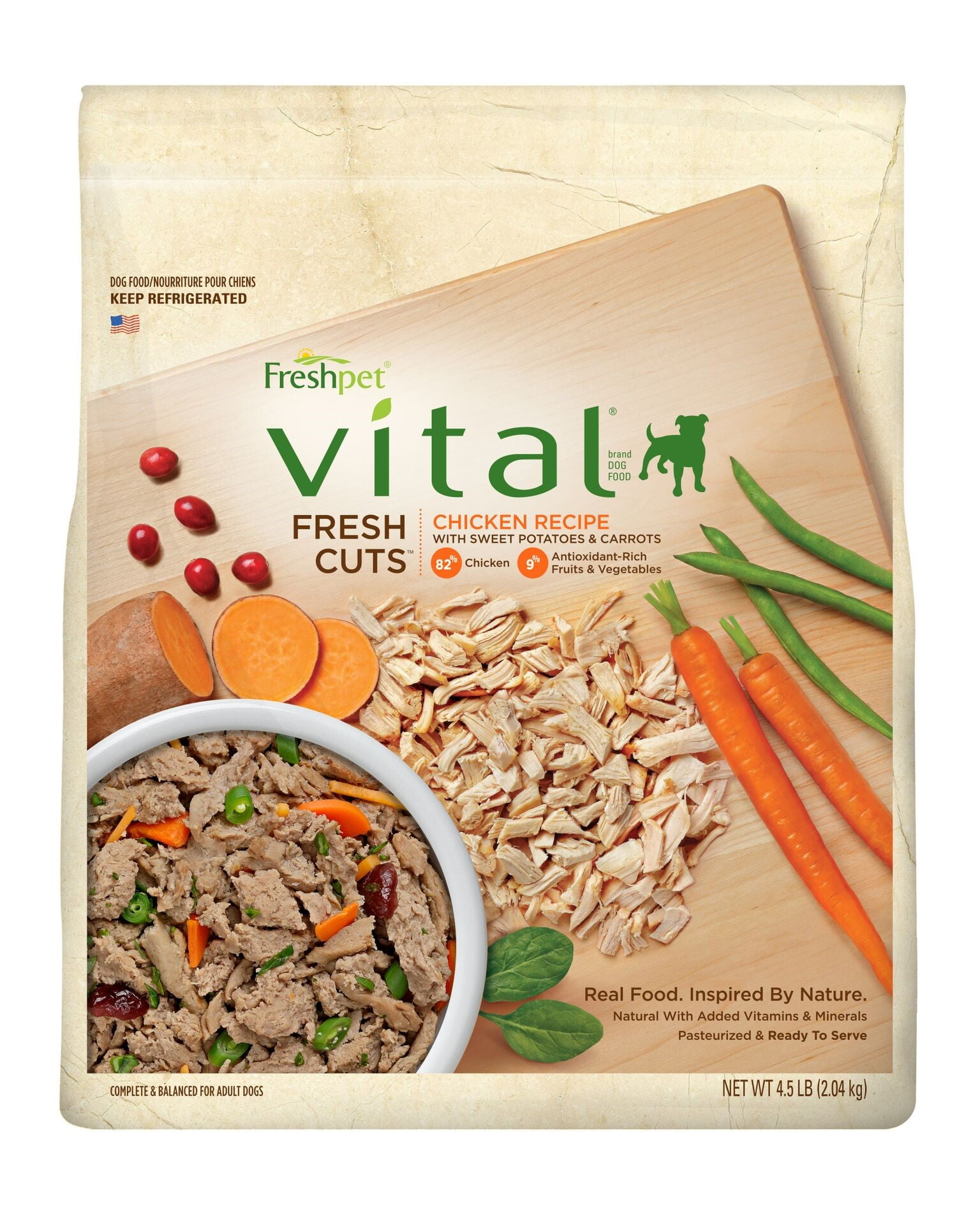
Newcomer: Sometimes a homemade diet that is formulated with fresh ingredients could be worth the added cost, particularly if recommended by your veterinarian to help manage a particular health condition. Is it worth the added cost for pet owners? In general, I’m much more comfortable with diets that have research backing their safety and efficacy for pets, have been tested using feeding trials and have ingredients that have been shown over time to provide the necessary nutrients an animal needs for health and wellbeing. Nutrients include things such as the amino acids, vitamins, minerals, essential fatty acids, etc. You cannot determine what nutrients are provided in any diet just by looking at the ingredient list. A nutrient profile is done through analyzing the diet and determining the nutrient levels that it provides. Newcomer: This depends on the individual ingredients of the diet, their digestibility and bioavailability. There are so many diet options out there, and how we feed our pets is often just as personal as how we choose what to eat ourselves. Find a veterinarian who is willing and able to support you and your pet in feeding them something that is in line with your preferences, but also effective in supporting the health and wellbeing of your pet for this stage of their life, and in the ones to come.

Furthermore, the American College of Veterinary Nutritionists has many board-certified nutritionists who are willing to work with pet parents to formulate a home-cooked, fresh diet that is safe and balanced that’s my best recommendation for someone who is interested in feeding their pet a fresh diet rather than simply cooking at home or purchasing a diet online. It is important to note, feeding a pet a diet that contains fresh food would not be safe unless it is supplemented with the necessary vitamins, minerals and essential fatty acids that that animal needs. Therefore, with each pet it is essential to work with your veterinarian or veterinary specialist to help ensure your pet is on a diet that is safe and effective.
Fresh pet dog food skin#
There are particular pets that might benefit from a diet that is homemade with fresh ingredients - I think of those that have skin conditions, for example, associated with food allergies.

Newcomer: It’s easy to focus on the ingredients that go into a diet, but unless those ingredients are digestible so that the nutrients are available for that animal to use, then it doesn’t really matter. How is the diet produced and are there good quality control measures in place to ensure it is safe to feed? Too much calcium provided to a growing Labrador puppy can lead to developmental abnormalities in the bones. But even two puppies have different nutritional needs - a growing Labrador retriever puppy has a much more narrow calcium need than a growing Chihuahua puppy. For example, a puppy has much higher nutritional needs and is a greater risk for nutritional deficiency because it is growing. Formulating a diet for a pet is not a simple process! I want to know if it is complete and balanced and appropriate for the life stage of the pet. I want to know about how the diet is formulated. My concerns with a diet with fresh ingredients as well as a standard kibble or canned diet are the same for each pet.

A dog or cat that is battling an illness may be at greater risk of developing further serious illness particularly with a diet that has bacterial contamination or nutritional imbalance. It also depends on the current health of the pet. It depends every time on how the diet was formulated and how it was made. Newcomer: Not necessarily. When I think about what to feed any pet, it’s important to remember that every pet is an individual and each individual has different needs. Fresh pet foods, home-cooked diets and raw diets are at a much greater risk of being nutritionally imbalanced or having bacterial or parasite contamination, all of which could be very detrimental to the pet.


 0 kommentar(er)
0 kommentar(er)
